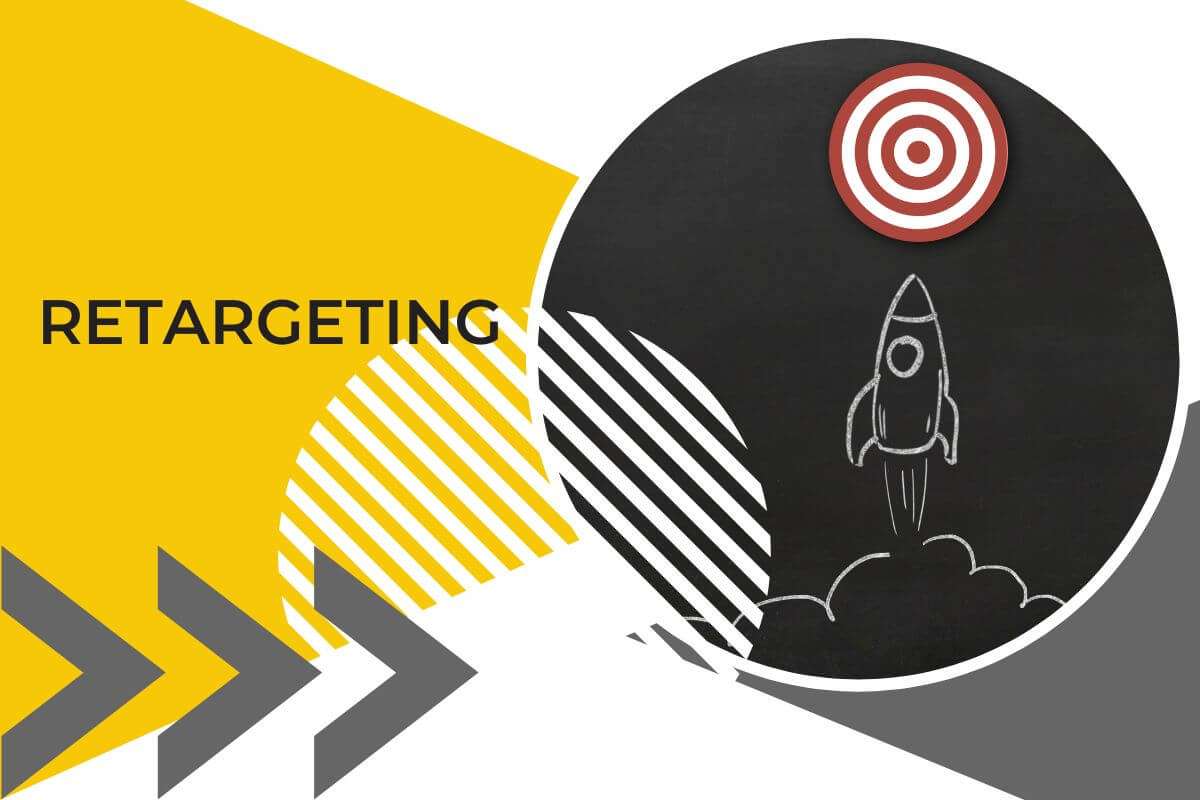
A person has come in contact with your business, and it was obvious they were interested but they didn’t convert, made a purchase or booking. Do you think they should be reminded of the lost opportunity? Do you think they should buy or book with you? Of course you do. And that’s why you have to know all about retargeting.
Retargeting is, in short, turning a person’s fleeting interest for your goods or services, into actual action.
It involves re-engaging potential customers who interacted with your brand but didn’t take the next step—be it a purchase, booking, signup, or inquiry.
One simple truth about retargeting?
People often need to be reminded multiple times before committing to something.
Because we’re all forgetful sometimes, aren’t we?
And you, if you focus (more) on already-interested audiences, with retargeting you can create efficient, cost-effective campaigns that will bring real results.
First impressions do matter, but second chances are also important.
Retargeting takes advantage of these “do-overs”, reconnecting with audiences at the right moment.
Whether someone hesitated over price, timing, or priorities, or has simply forgotten - retargeting serves as (a gentle) reminder of what they are initially valued.
Retargeting works by tracking people who interact with your website or brand and serving them ads across platforms they use afterward.
These ads aim to reignite interest and guide users back to your site for another opportunity to convert.
For example:

Reaching the right audience at the right time isn’t just a marketing trick—it’s necessary.
The reality is that more than 95% visitors leave a website without converting (buying/booking etc.). And that is truly devastating data.
But if you nurture your leads, with retargeting you can also reduce the cost of acquiring new customers and increase brand visibility.
For example:
While standard ads cast a wide net, retargeting focuses on audiences who’ve already engaged with your brand.
This makes retargeting far more efficient, as it skips the “awareness” stage and goes straight to conversion efforts.
And why retargeting works?
Retargeting taps into familiarity and relevance, two drivers of human behavior. Familiarity builds trust, while relevance ensures the ads align with the user’s interests. This combination encourages users to act.
Cookies and tracking pixels collect data on user behavior, enabling platforms to identify which users to retarget and with which ads.
These invisible tools are pillars of every successful retargeting campaign.
Google Ads and Facebook dominate the retargeting due to their massive reach. Other platforms like LinkedIn and YouTube also provide opportunities to create highly targeted campaigns.
Examples:
Also, segmenting your audience makes sure the right message reaches the right person. From high-intent visitors to casual browsers, segmentation allows you to craft ads that resonate deeply.

Site retargeting focuses on re-engaging users who explored your site but left without making any concrete interaction. These campaigns highlight the products or services they browsed, often paired with an incentive.
Email retargeting is a personalized approach, targeting users who left halfway through a process like signing up or making a purchase. These emails remind them of unfinished actions.
Search retargeting captures users based on specific keywords they’ve searched, serving them ads on subsequent platforms. This strategy connects with users who may not have visited your site yet but showed relevant intent.

First thing, your ads have to feel personal (not pushy).
Effective retargeting ads address specific user needs without coming across as intrusive. A balance of relevance and tact is vital.
Examples:
You should also avoid overexposure.
Retargeting works best when it’s subtle, not spammy. Frequency capping ensures users aren’t bombarded, preserving the ad’s effectiveness.
Examples:
And yes timing is everything.
Your retargeting ads should align with user behavior. Immediate retargeting works for abandoned carts, while longer intervals suit less urgent interactions.
Examples:
Retargeting is more than a strategy—it’s an opportunity to transform passive interest into active engagement.
By reaching out to audiences who’ve already expressed curiosity about your brand, retargeting ensures that no potential customer slips through the cracks.
Whether it’s personalized product ads, precise audience segmentation, or integrating retargeting with SEO efforts, the right approach can elevate your digital marketing tactic and deliver measurable results.
Ready to unlock the full potential of retargeting for your business?
Contact our digital marketing agency today and let us craft tailored retargeting strategies that drive conversions, boost brand loyalty, and maximize your ROI.